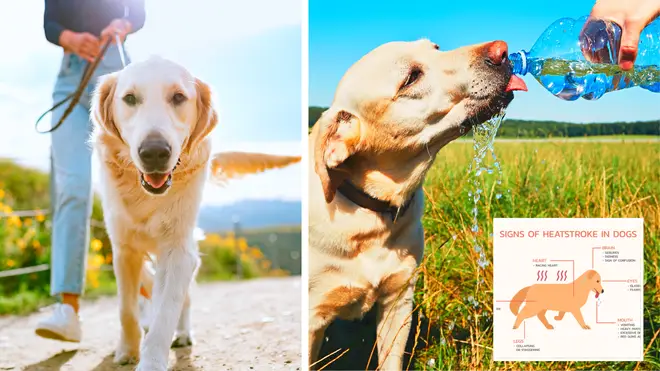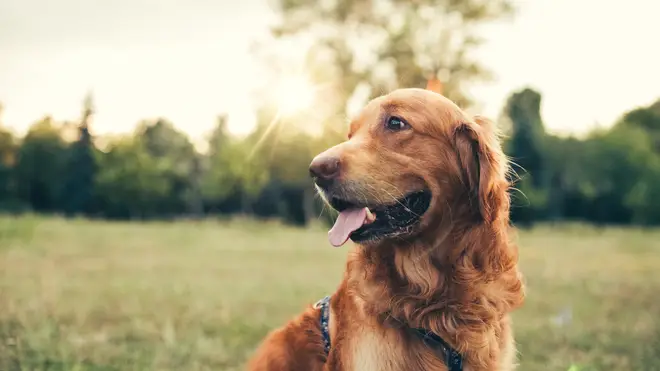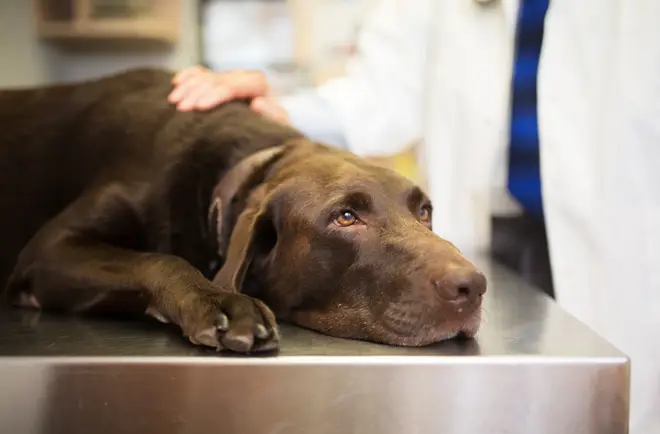On Air Now
Heart's Club Classics with Toby Anstis 7pm - 11pm
24 June 2024, 12:33

As the UK experiences a June heatwave, experts are warning dog owners to look after their pets in the rising temperatures.
The UK is currently enjoying the sunshine, with the summer finally arriving in the shape of a mini-heatwave and temperatures of up to 30C.
And while we enjoy the long-awaited hot weather, it's important we keep ourselves and our pets safe in the heatwave.
Some people will see the sunny weather as a great opportunity to take their four-legged friend for a walk, however, it is important to understand when it is too hot for your pooch to be outside.
As well as this, as temperatures sore, all pet owners should be able to identify the signs of heatstroke.

According to Vets Now, it's generally safe to take your dog out in temperatures up to 19 degrees.
When the temperature rises above that, it is important to know that dogs can be at risk of heat stroke. This occurs when dogs are no longer able to self-regulate and keep their temperature at a comfortable level.
They say that between 16 and 19 degrees is generally safe for dogs, while between 20 and 23 degree is a six out of ten risk rating.
When the temperature hits 24 and 27 degrees, this risk level goes up to nine out of ten, and then to ten out of ten when the weather reaches 32 degrees and above.

Practice owner and head vet at Cherry Tree Veterinary Practice in Buckinghamshire told Metro.co.uk there is a way to tell if it's too hot to take your dog out.
She says that if you stand barefoot on your patio or pavement and feel like it is too hot for you, it will be too hot for your dog.
She said: "Anything over 25C is very risky if people need a number as a benchmark. It also depends on humidity and breeze – or rather lack of."
To make things safer, make sure to walk your dog before 8am or after 8pm, and keep them in the shade.

Heatstroke can be fatal to dogs, so it's important to know the signs and first aid.
Some of the signs to look out for include:

According to information from the RSPCA, dogs suffering from heatstroke urgently need to have their body temperature lowered gradually for the best chance of survival.
This is what they say you should do:
For more information, visit the RSCPA website here.